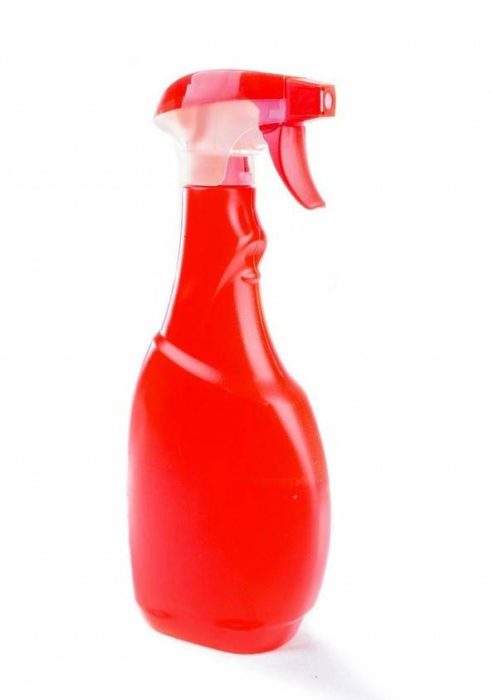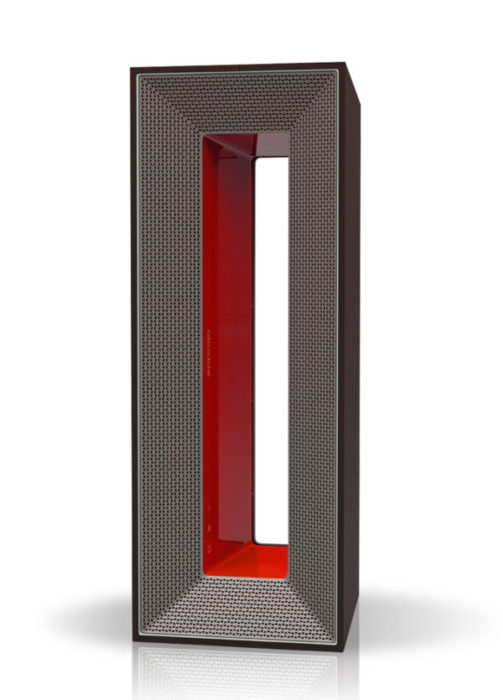
Don’t Let Bad Air Ruin Your Summer
While this is a seasonal phenomenon, it can have long-lasting consequences. Poor air quality has been linked to a number of respiratory, cardiac, and psychological ailments.

Summer is a time for making memories. It is when the kids leave school, bathing suits come out of the drawer, burgers and hot dogs go on the grill, and the cameras on our phones memorialize every last minute. There is nothing more quintessentially American than summertime. Regrettably, we now face something more consequential than a painful sunburn following a day at the beach: Bad Air Quality. The Los Angeles Times reported this week that warmer weather makes all the problems in our air worse. While this is a seasonal phenomenon, it can have long-lasting consequences. Poor air quality has been linked to a number of respiratory, cardiac, and psychological ailments. Something to keep in mind while compiling your summer fun checklist.
Ground Level Ozone
Ozone is probably a term most of us are familiar with. It’s best-known function is protecting us from the sun’s UV rays in the earth’s stratosphere. Some will probably recall learning about the manmade “hole” in the Ozone layer, and all the consequences that came of it. Fortunately, that situation is getting better. However, the issue of ground-level Ozone certainly isn’t. Ground-level ozone is created by reactions between nitrogen-containing compounds (called NOX) and Volatile Organic Compounds (called VOCs). Both of these chemical categories are emitted as pollution from vehicles and industrial activity. The problem is particularly acute on warm sunny days. In nature, heat makes chemical reactions happen faster. So, during the summer more ground-level ozone will be created than at other times of the year. While Ozone is wonderful high up in the stratosphere, it is really, really bad down here where we live. Ozone can cause serious issues for the lungs. Ozone is an oxidative molecule. This means that it likes to steal electrons from other chemicals. So, if you inhale Ozone it will be oxidizing the tissue in your lungs. That is obviously a bad thing. The EPA has linked Ozone exposure to chest pains, coughing, throat irritation, airway obstruction, and reduced lung function. Over time, this can turn into bronchitis, emphysema, and asthma. So, it pays to be up to date on the ground level ozone situation in your area. It is usually most heavily concentrated in large urban areas because of the population density and concentration of economic activity. If you live somewhere like Southern California and your summer plans call for long days at the beach. This could be a big problem.
Ground Level Ozone
VOCs are another problem that gets worse during the summer months. These are organic (carbon-based) compounds that exist as a gas under normal conditions. They are varied and ubiquitous. Some of them originate from manmade sources such as paints, while others are natural. Regardless of the source, VOCs are unhealthy. They have been linked to all of the same maladies that Ozone is responsible for. What gives VOCs the edge in notoriety is their tendency to concentrate inside of homes. Indoor concentrations of VOCs have been proven to be ten times the outdoor concentration. It makes sense because the air conditioning units we use to keep cool in the warmer months only replace thirty percent of the air in our home on a regular schedule. So, if something is outside it gets in and stays in. There are a lot of indoor sources of VOCs too. They are emitted by just about everything. The finish on the wood floor, the new coat of paint, the cleaning supplies, the carpet, the fabrics on furniture all emit VOCs. If you have electronics built from plastics, or cook on an electric stove that will emit VOCs as well. Of course, it’s hot in the summer months, and to keep our indoor spaces cool we blast the air conditioner. This enhances the problem. The hot weather makes it easier for VOCs to form, and the accelerated movement of air pushes more of them into your home. It’s a vicious cycle, and one you should be aware of. Most people aren’t, and you shouldn’t be shocked if this is the first you have heard of the issue. It’s not that it isn’t in the news, you can enter “Air Quality” into your search bar and have a fortnight’s reading with two day’s reporting on the subject. Either the public is apathetic about it, or it is simply squeezed out by more sensational news topics. Those aren’t in short supply in 2019.
How To Stay Safe This Summer



